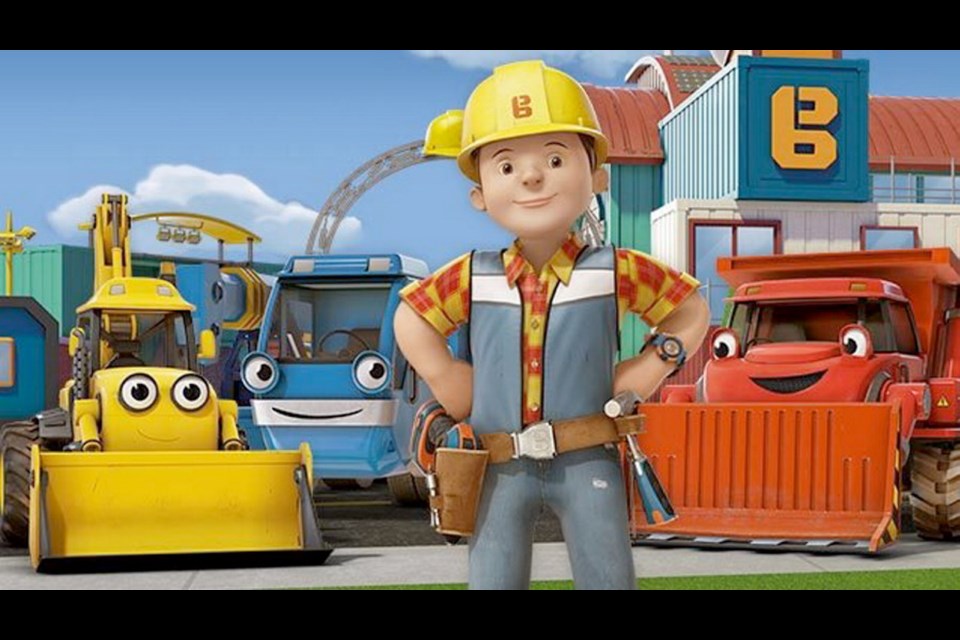PASADENA, Calif. - PBS is waiting, but not quietly, to see what the Trump administration's impact on public broadcasting and its federal funding may be, PBS chief executive Paula Kerger said.
"It's too early to tell. But there's been no red flag," Kerger said in an interview Sunday.
Given that change always presents uncertainty, she said, and "in this case, more uncertainty," PBS and its member stations are conducting a vigorous effort to remind lawmakers about public television's value.
"We're spending time talking to as many people as we can — but particularly legislators, both sides of the aisle, Senate and House — making sure they understand the role we play in civil discourse" and in providing meaningful programming, Kerger told a TV critics' meeting. "Stay tuned," she added.
The effort coincides with the 50th anniversary of the Public Broadcasting Act that created what Kerger called "the best public-private partnership."
"For about $1.35 a citizen a year, we provide an extraordinary service," she said.
Federal money represents 15 per cent of public TV stations' funding overall, with the rest provided by private and corporate donors, PBS said. Most of that approximately $400 million is divided annually among 1,500-plus locally owned-and-operated TV and radio stations nationwide.
Individual TV stations' reliance on federal funds varies widely — for those in Alaska, for instance, the money represents as much as 50 per cent of their budgets, Kerger said.
Government support for public broadcasting periodically comes under scrutiny.
Many Republicans vowed to eliminate subsidies in 1995, but the effort fizzled. In 2005, Republicans controlling the House tried to cut subsidies for PBS, National Public Radio and hundreds of public radio and TV stations by $100 million, igniting an outcry from fans of "Sesame Street" and other defenders of public broadcasting. That bid failed, as did the most recent effort in 2011.
Kerger said a "rigorous reassessment" of how federal dollars are spent is always legitimate, with lawmakers taking into account what their constituents think about PBS' value.
She called children's programming the most "powerful argument" for public broadcasting, especially with half of American children lacking access to preschool.
On Monday, PBS is launching a round-the-clock PBS Kids Channel on member stations and live-streamed on digital platforms. The free service will serve youngsters aged two to six and their families with educational programming including "Nature Cat" and "Bob the Builder," PBS said.
The network called it critical for kids in low-income households that have spotty Internet access or connect only via mobile devices.
But why 24-7 programming for children?
"Believe it or not, there are many children that are up at night," PBS chief executive Paula Kerger told a TV critics' meeting Sunday. "Many are in hospitals. And as we started talking about a service that we would build, we actually heard from caregivers who said, 'You know, we are at a loss sometimes to figure out how we can keep children calm and entertained,' and so we feel that it's a great service."
PBS said the channel will launch on 75 PBS licensees and is expected to reach 90 per cent of U.S. TV households on 108 licensees by the year's end. It will be available as a live stream on pbskids.org and on the free PBS KIDS Video App.



